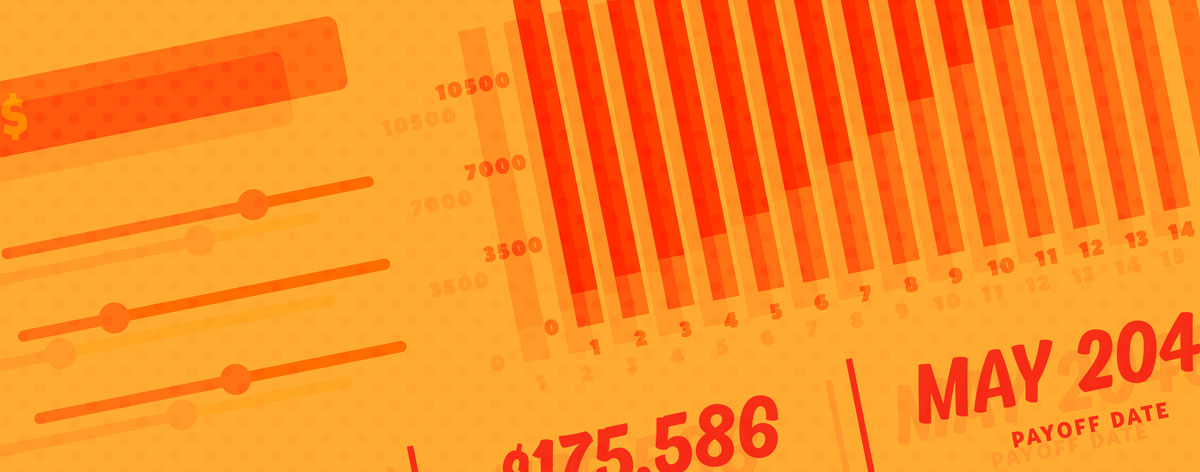

Guide to Resuming Student Loan Payments
After more than three years of paused repayments, millions of borrowers resumed payments on student loans in October 2023.
Student loan payments were originally paused in March 2020 by then-President Donald Trump as part of Covid-19 relief, and extended multiple times by President Joe Biden. In August 2022, President Biden announced a plan to forgive student loan debt for many borrowers, but the measure was immediately challenged in court.
At the end of June 2023, the Supreme Court struck down President Biden’s plan to eliminate $400 billion in student loan debt for 45 million borrowers. The ruling stated that the president lacked the authority to broadly eliminate debt without explicit congressional approval.
Unpaid student loans resumed accruing interest in September 2023 with payments due the following month. If you haven't yet, take these steps to begin repayment.
- Sign into your loan account. The Department of Education communicated directly with borrowers and student loan servicers before repayment began, but it’s a good idea to log into your StudentAid.gov account to check everything out. It’s possible your loan servicer changed during the pandemic—so if you haven't heard anything yet, your StudentAid.gov account is the place to start.
- Update your account info. While you’re logged in, make sure your account information is correct, including your phone number, email address, and mailing address.
- Reach out to your loan servicer. If you’ve got questions, reach out to your loan servicer now. Ask for an estimate of your monthly bill and confirm other details.
- Adjust your monthly budget. Make changes to your budget to reflect repayments. It may take a few months of adjustments to come up with a workable budget, so the sooner you start, the better.
If your payments seem overwhelming, it may be worth changing repayment plans. You can change repayment plans at any time, for free. Not all borrowers qualify for all repayment plans, but there are plenty of options.
Income Driven Repayment Plans
- SAVE (Saving on a Valuable Education) Plan. Payments are calculated based on your income and family size and are the lowest monthly payment of any income-driven repayment plan.
- IBR (Income-Based Repayment) Plan. Payments are 10 or 15% of discretionary income, and high debt relative to income is required. Outstanding loan balances are forgiven after 20 or 25 years.
- ICR (Income Contingent Repayment) Plan. Payments are the lesser of 20% of discretionary income or an adjusted amount based on your income and a fixed payment over 12 years. Outstanding balances are forgiven after 25 years.
- PAYE (Pay As You Earn) Plan Repayments are generally 10% of your discretionary income, divided by 12, but never more than the standard 10-year repayment amount.
Fixed Repayment Plans
- Standard Repayment Plan. Payments are a fixed amount based on a 10-year repayment period.
- Graduated Repayment Plan. Payments start lower and increase over time based on a 10-year repayment period.
- Extended Repayment Plan. Payments can be fixed or graduated based on a 25-year repayment period.
Even though President Biden’s plan was struck down, some long-time borrowers saw their loans forgiven as part of an adjustment to mismanagement of loan repayment programs, as announced July 14 by the Department of Education.
According to the DOE, some 804,000 borrowers should have qualified for loan forgiveness under the government’s income-driven repayment plans. A press release stated that because of “historical failures in the administration of the Federal student loan program,” qualifying payments that should have moved borrowers closer to loan forgiveness were not accounted for.
“For far too long, borrowers fell through the cracks of a broken system that failed to keep accurate track of their progress towards forgiveness,” said U.S. Secretary of Education Miguel Cardona.
Qualifying borrowers were enrolled in income-driven repayment (IDR) programs and made between 240 or 300 required monthly payments—that’s between 20 and 25 years of repayment.
Neither Banzai nor its sponsoring partners make any warranties or representations as to the accuracy, applicability, completeness, or suitability for any particular purpose of the information contained herein. Banzai and its sponsoring partners expressly disclaim any liability arising from the use or misuse of these materials and, by visiting this site, you agree to release Banzai and its sponsoring partners from any such liability. Do not rely upon the information provided in this content when making decisions regarding financial or legal matters without first consulting with a qualified, licensed professional.

